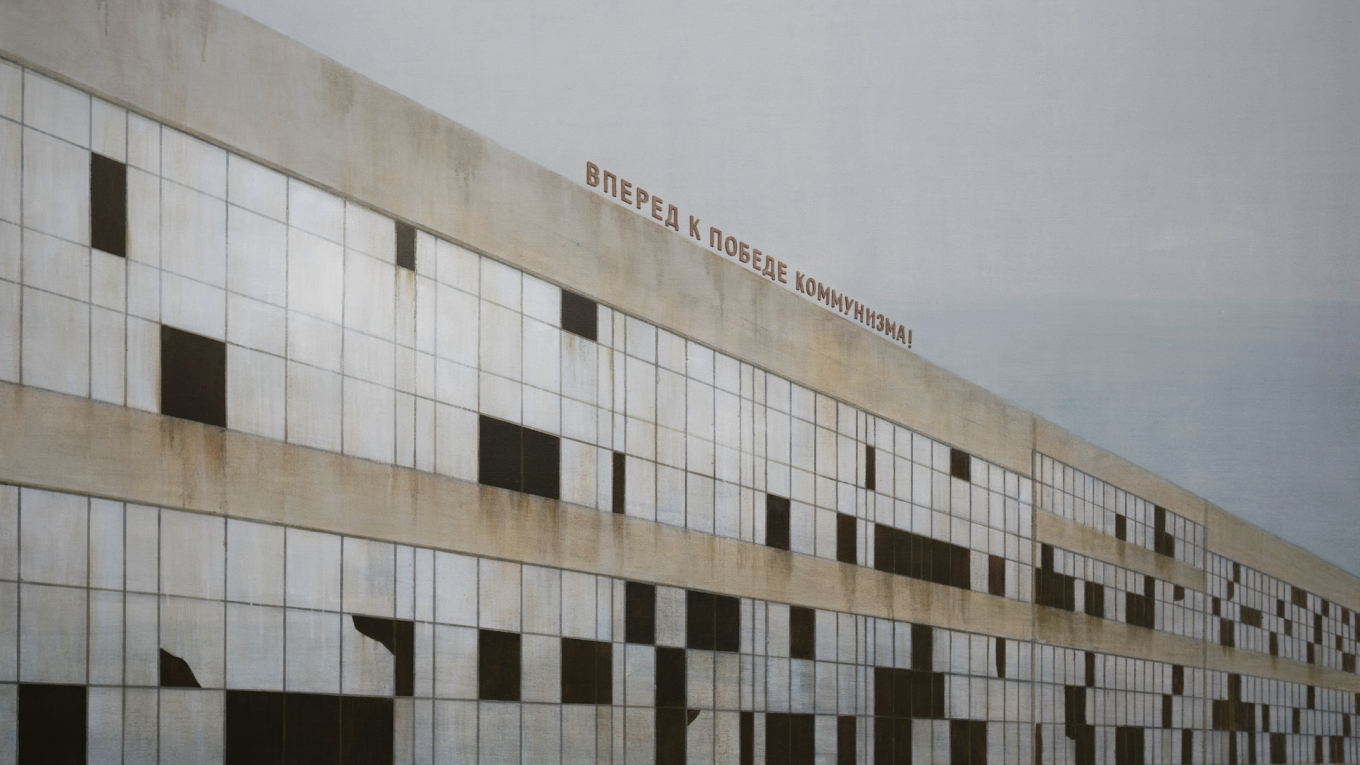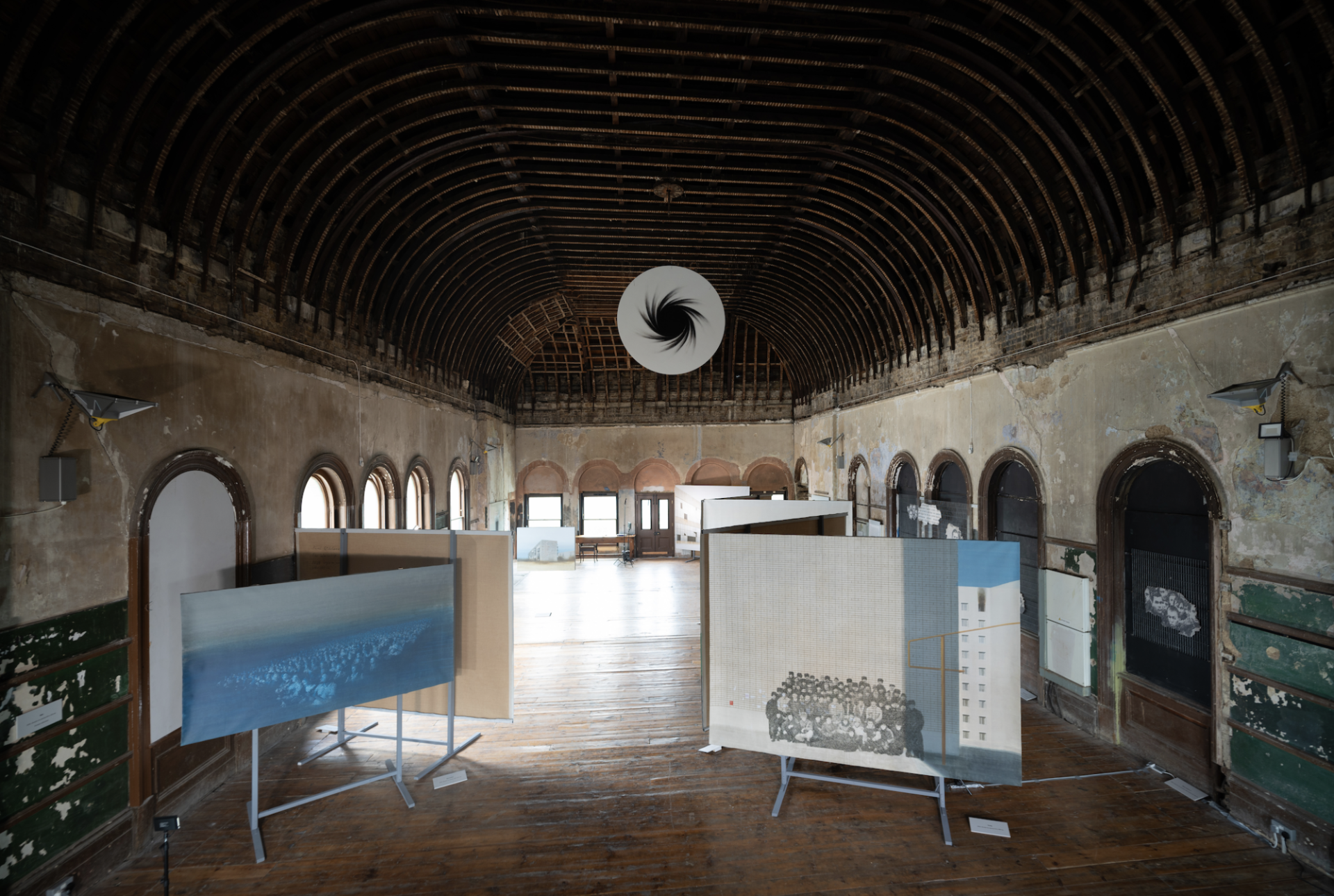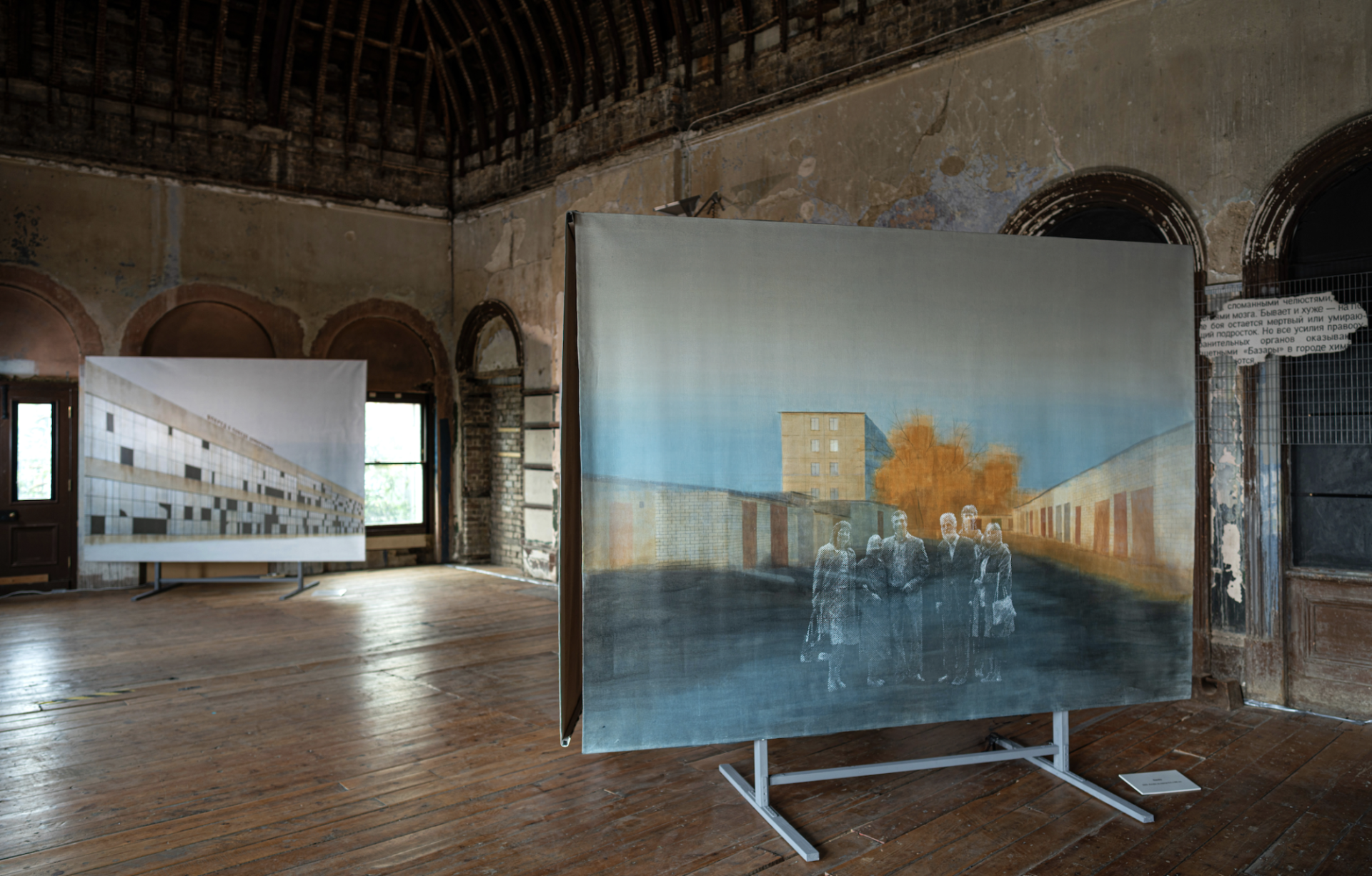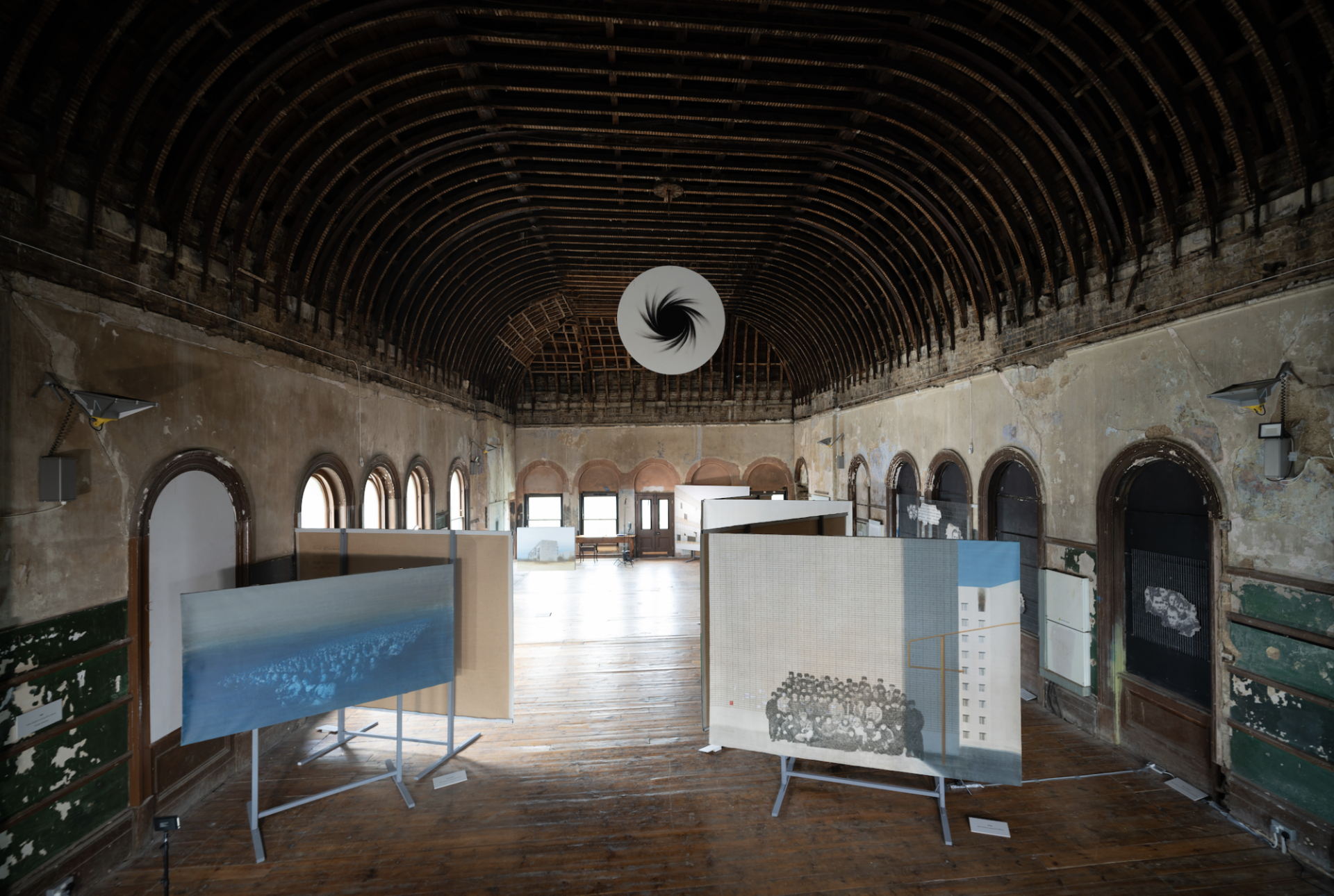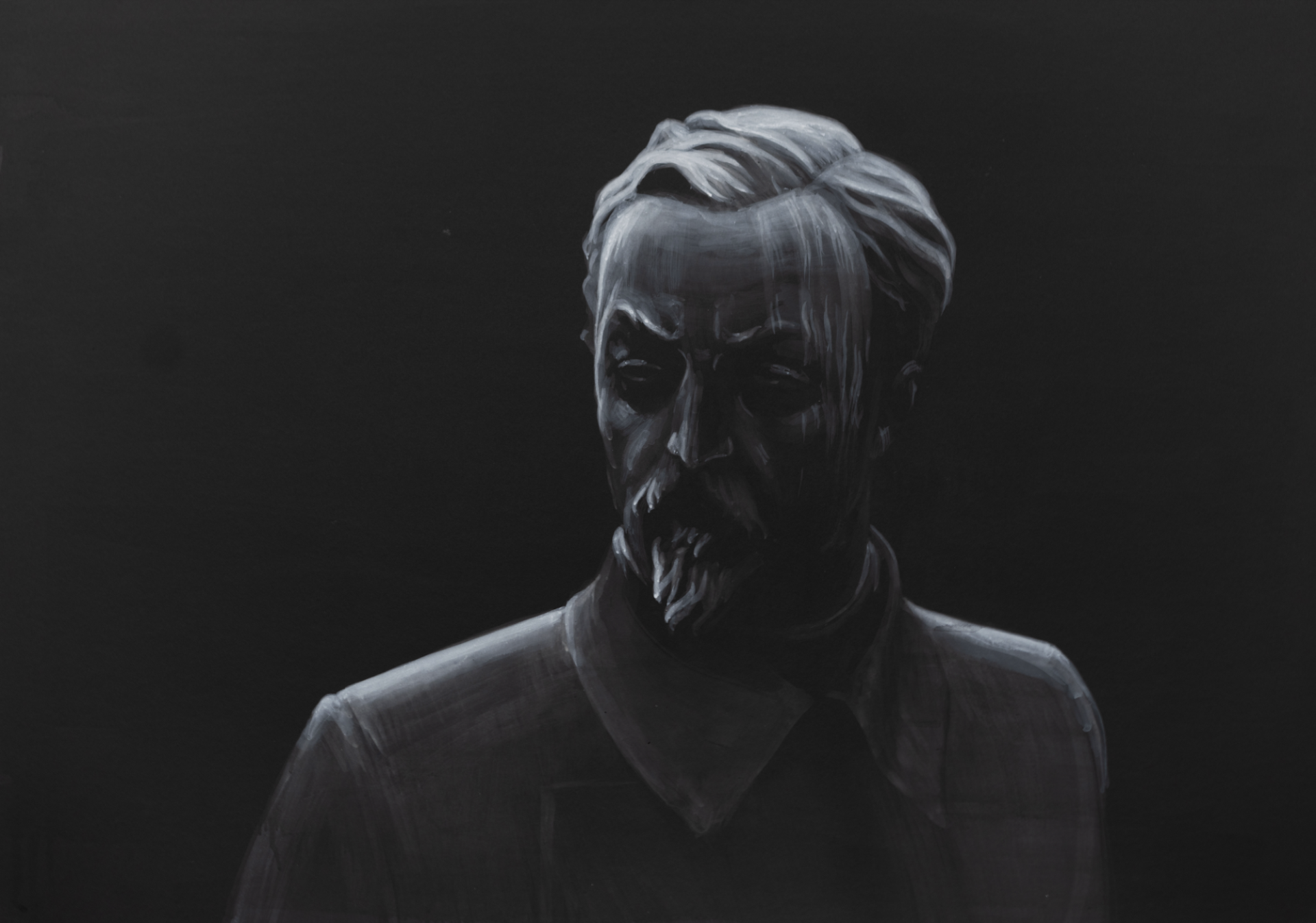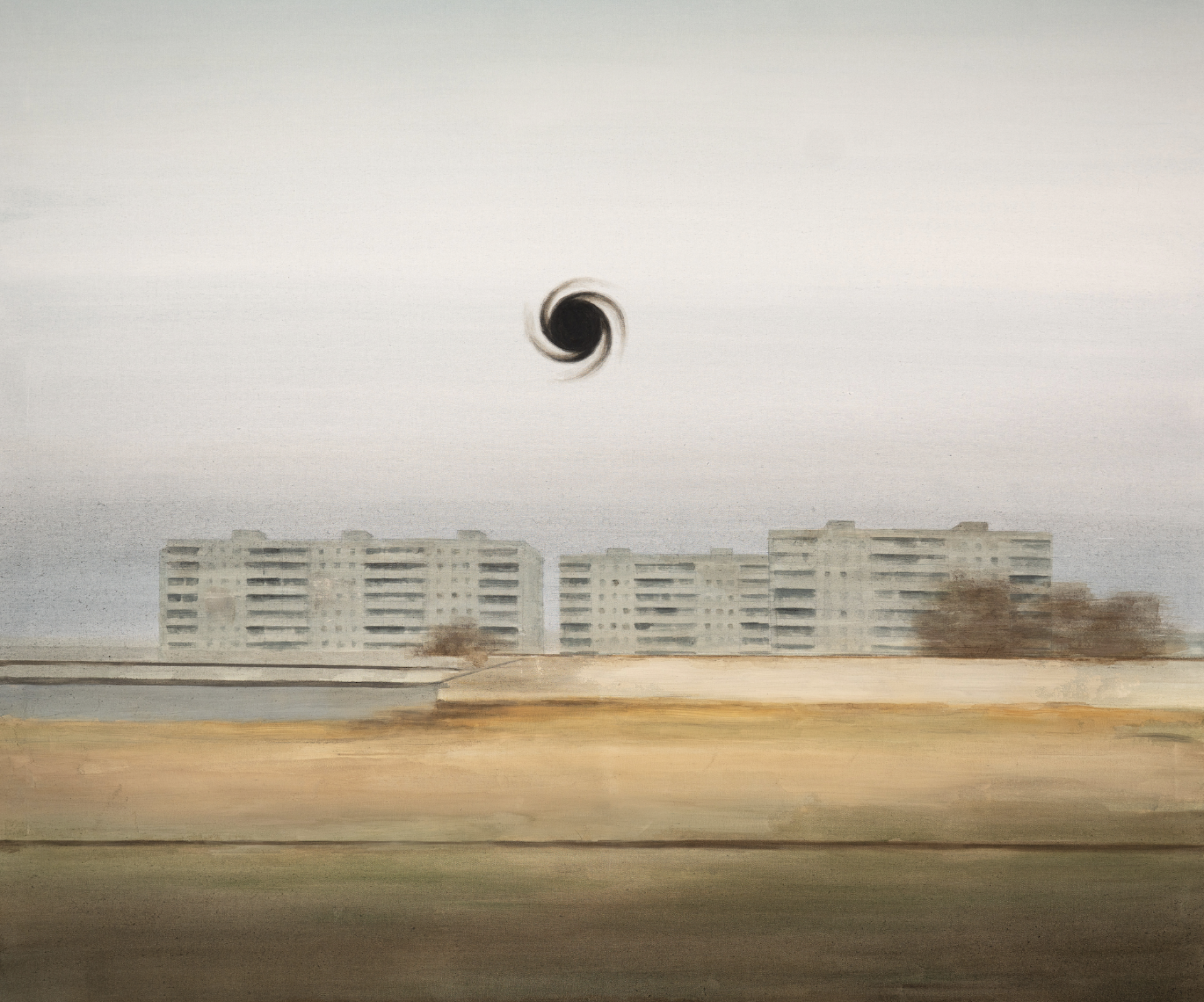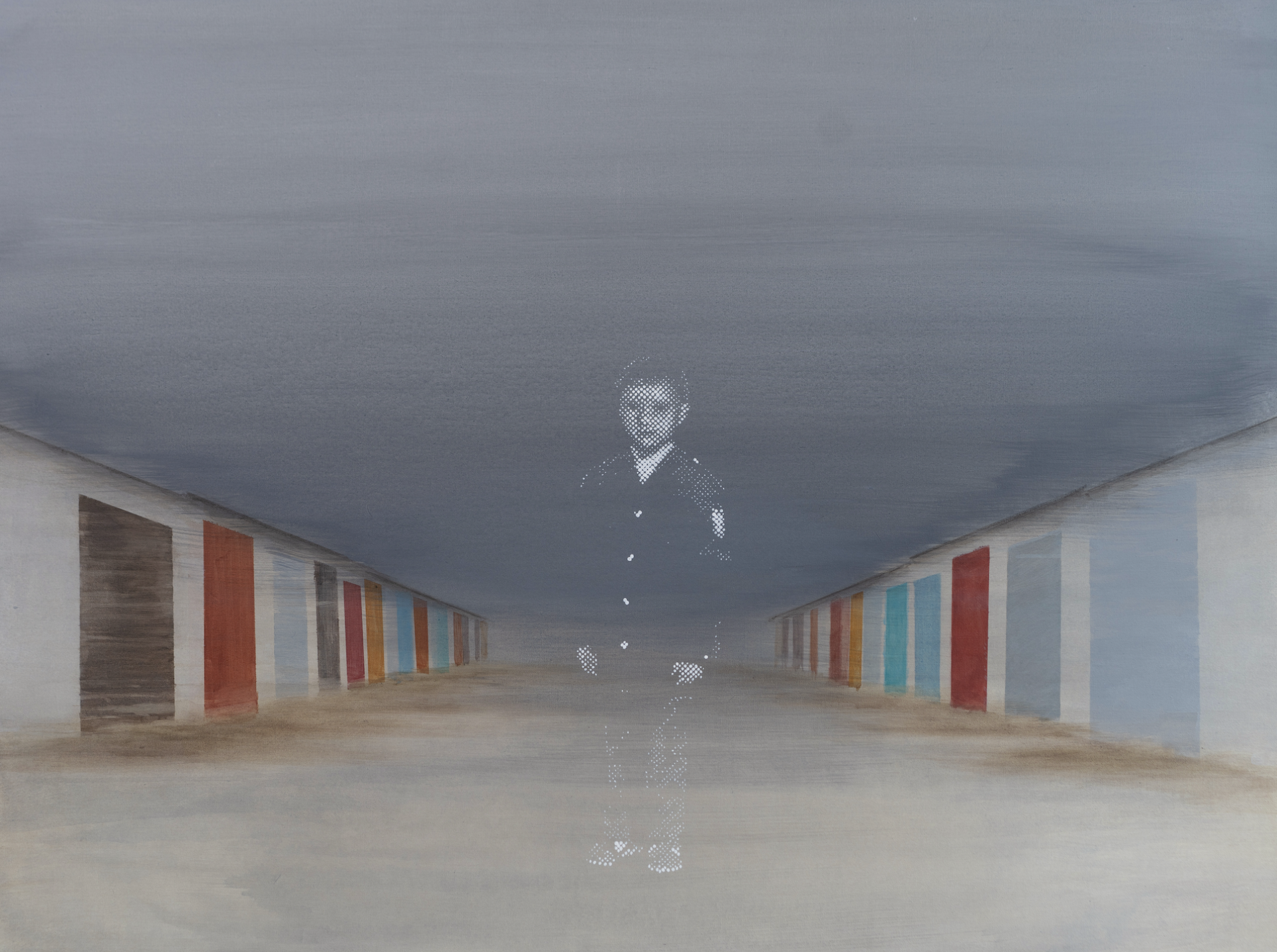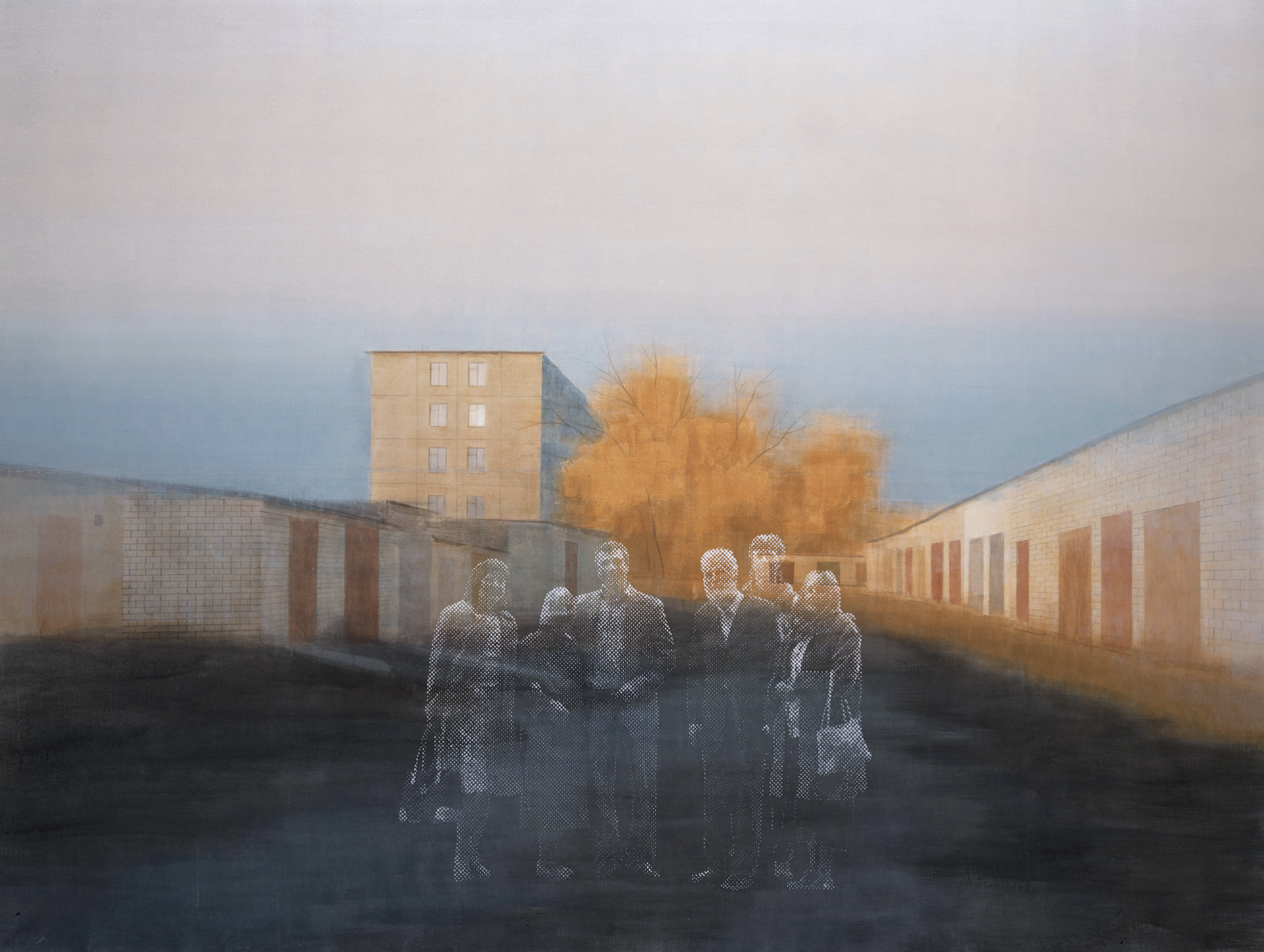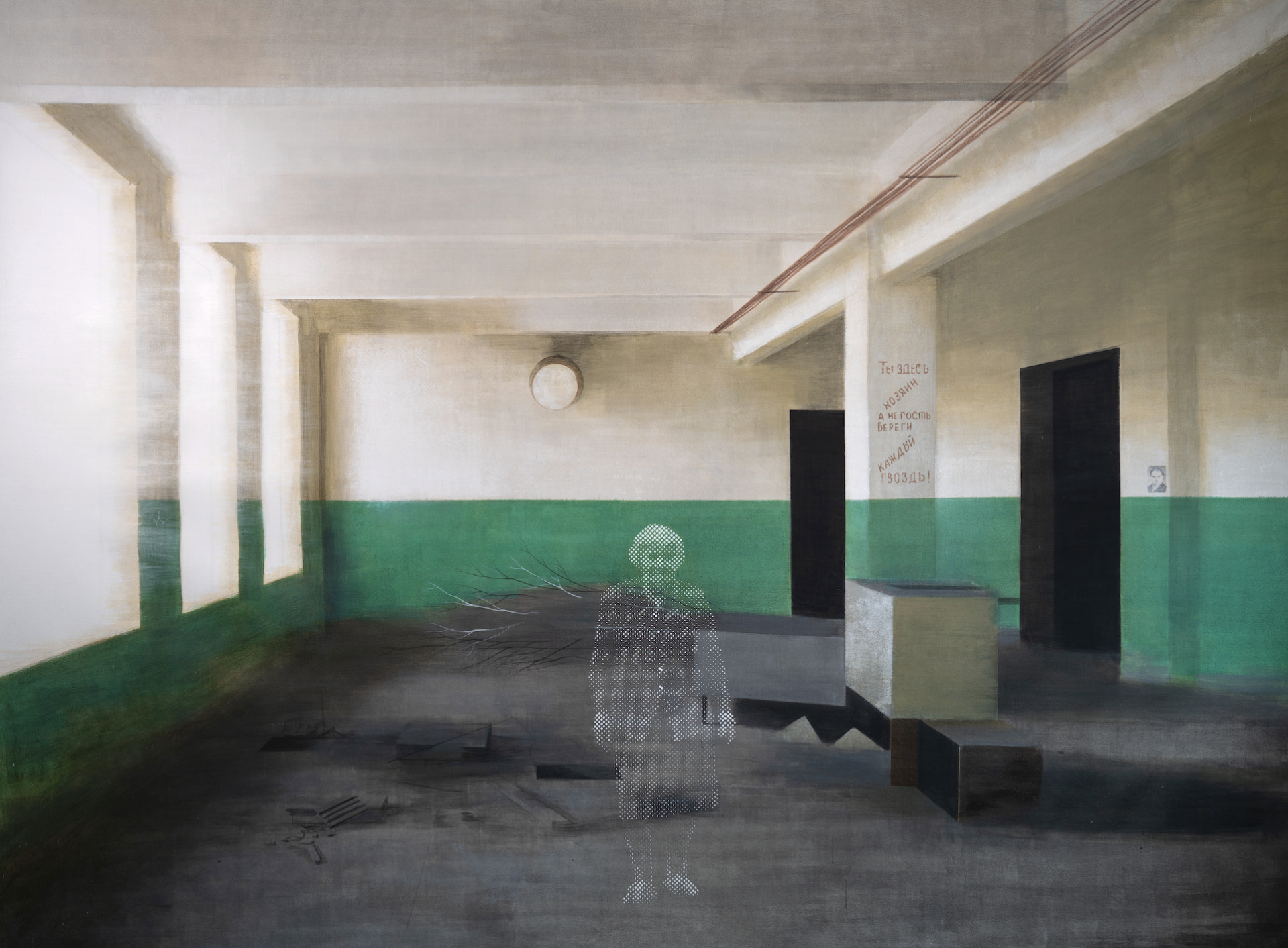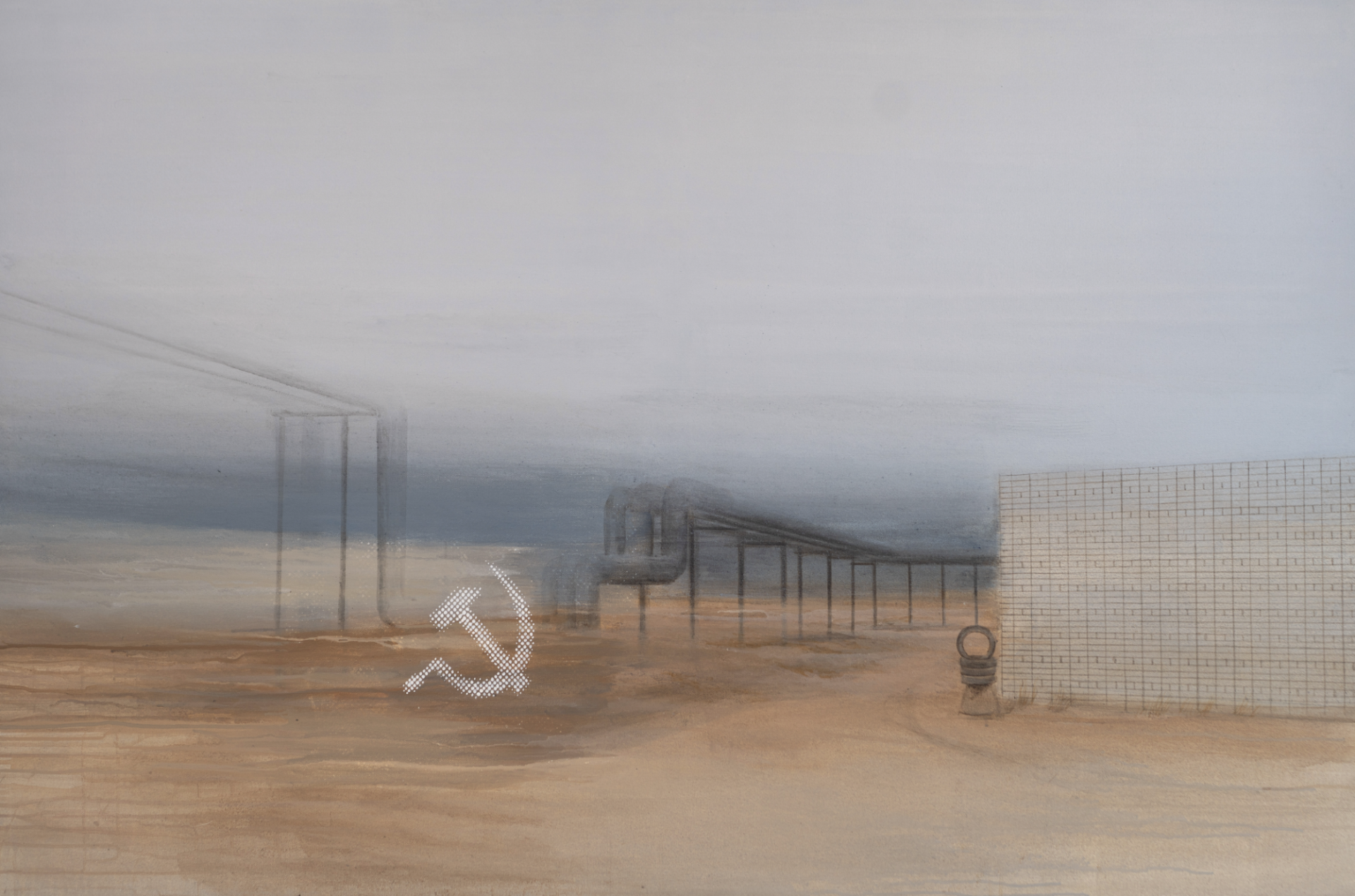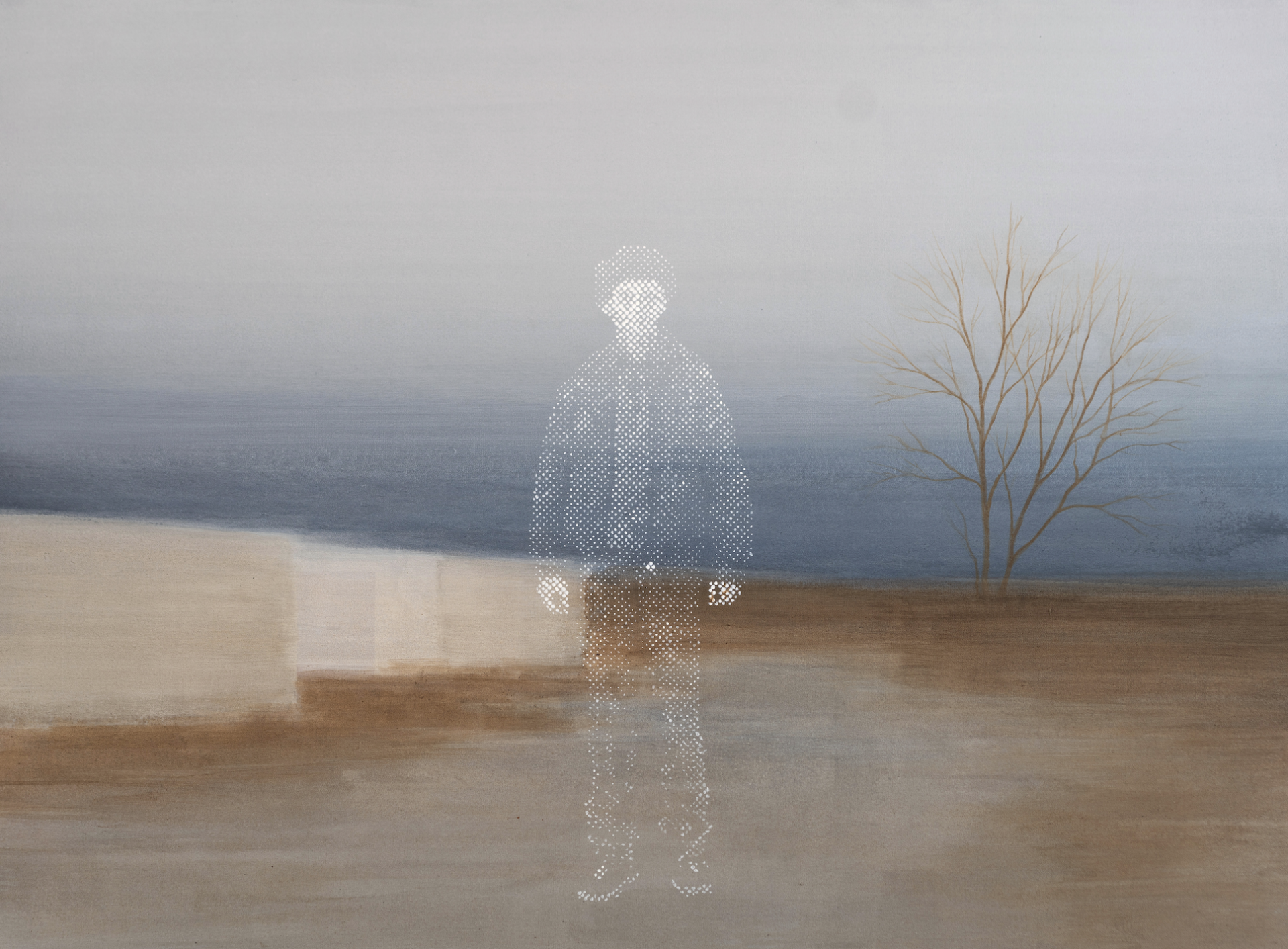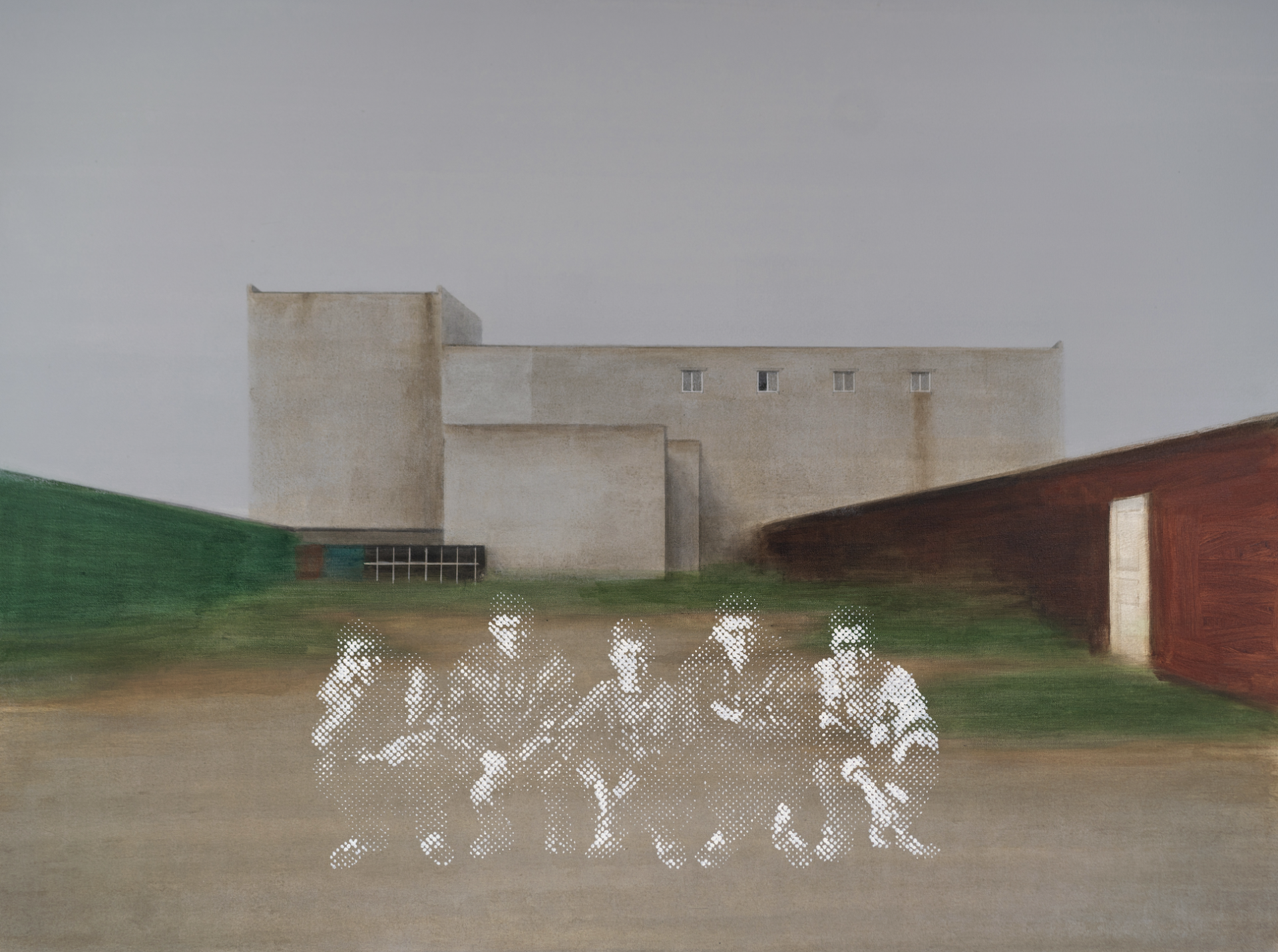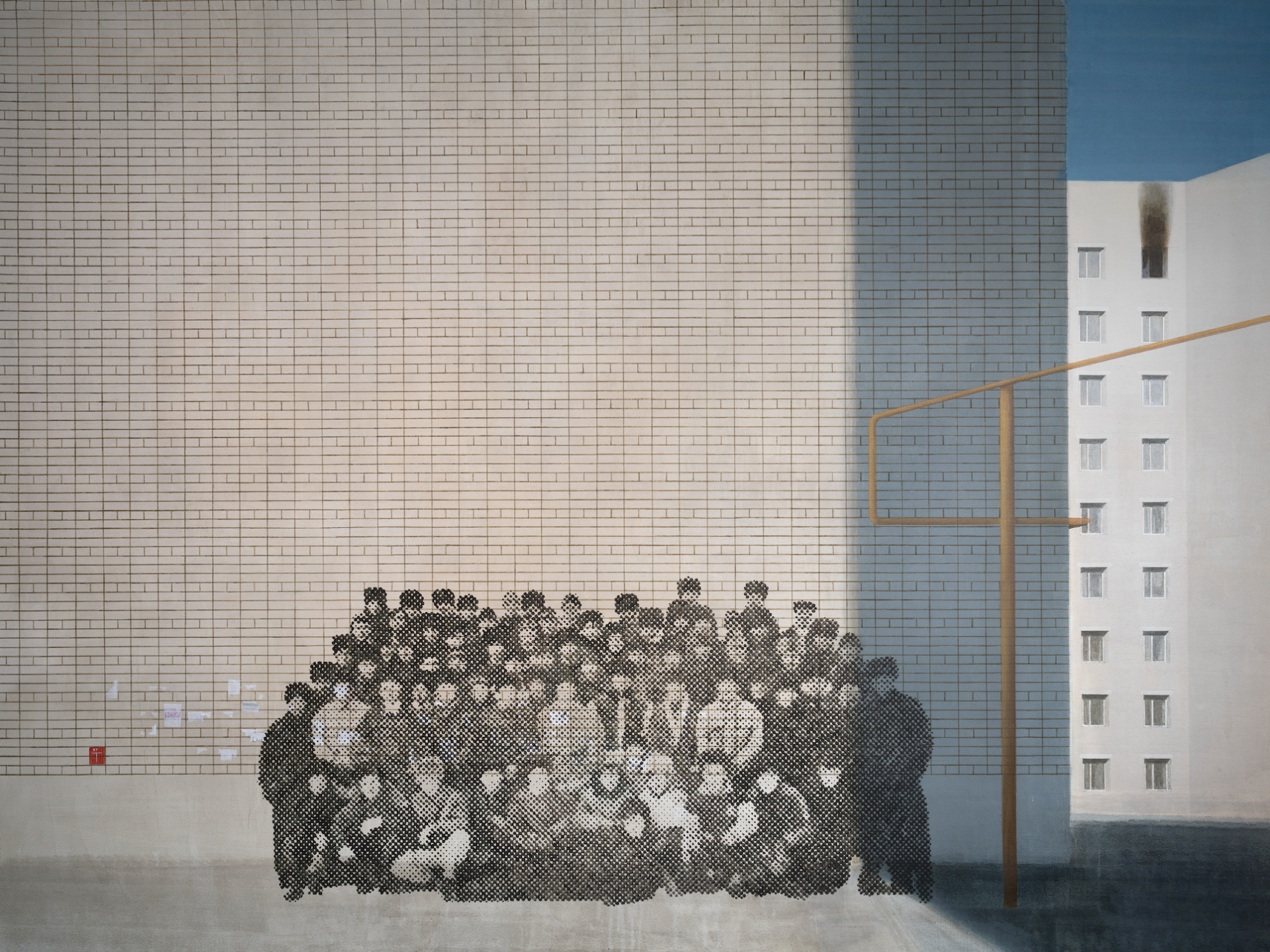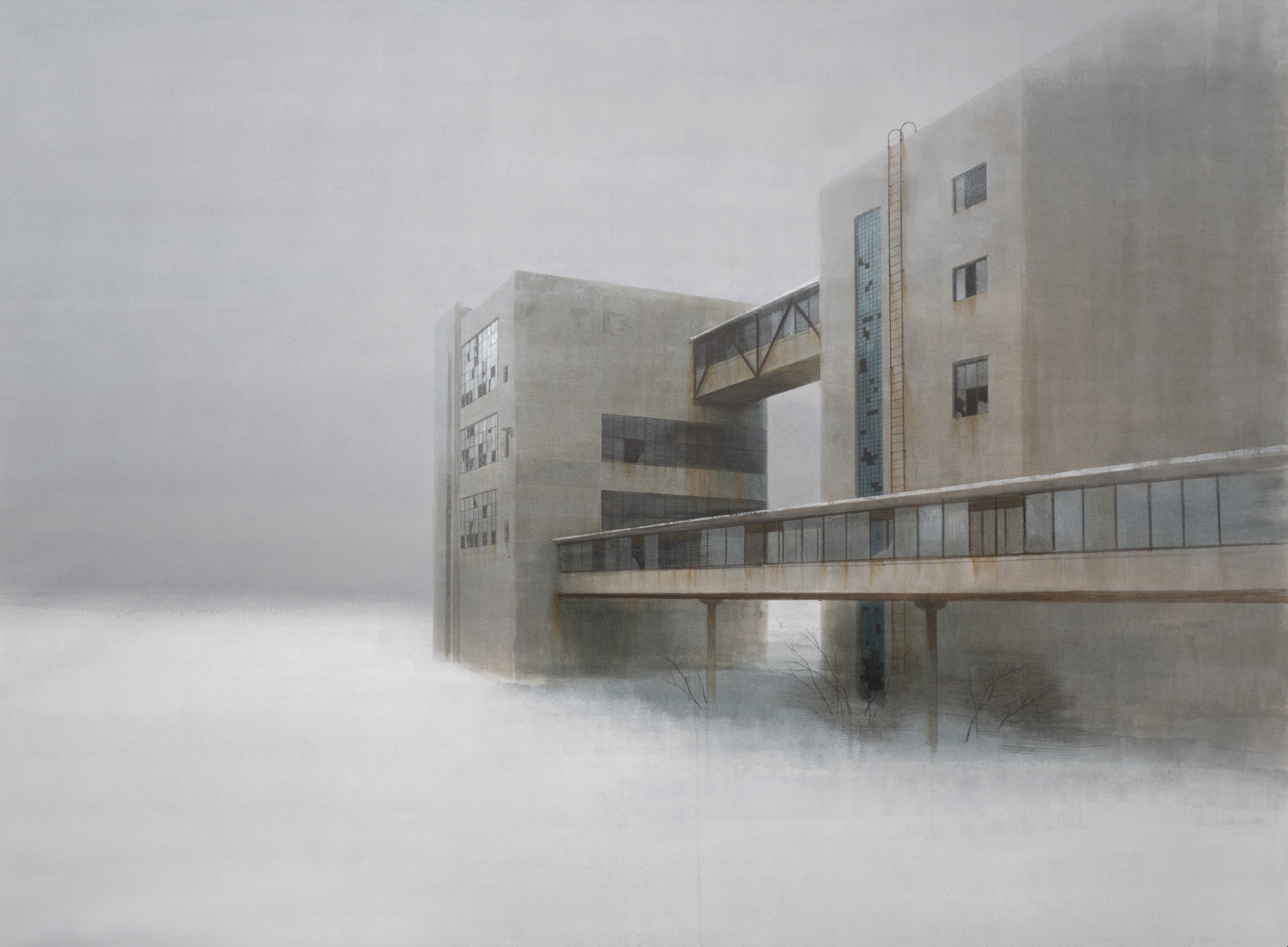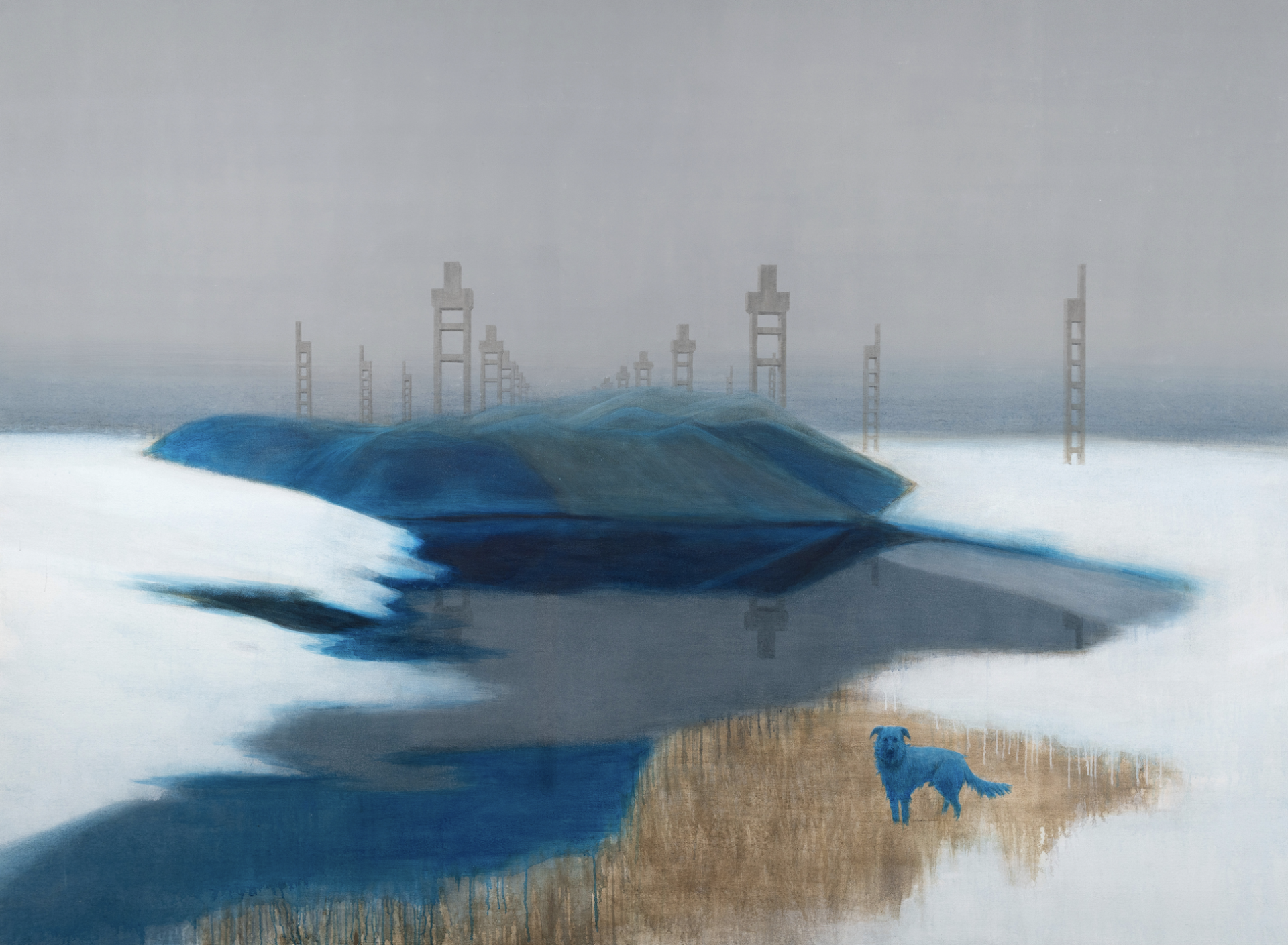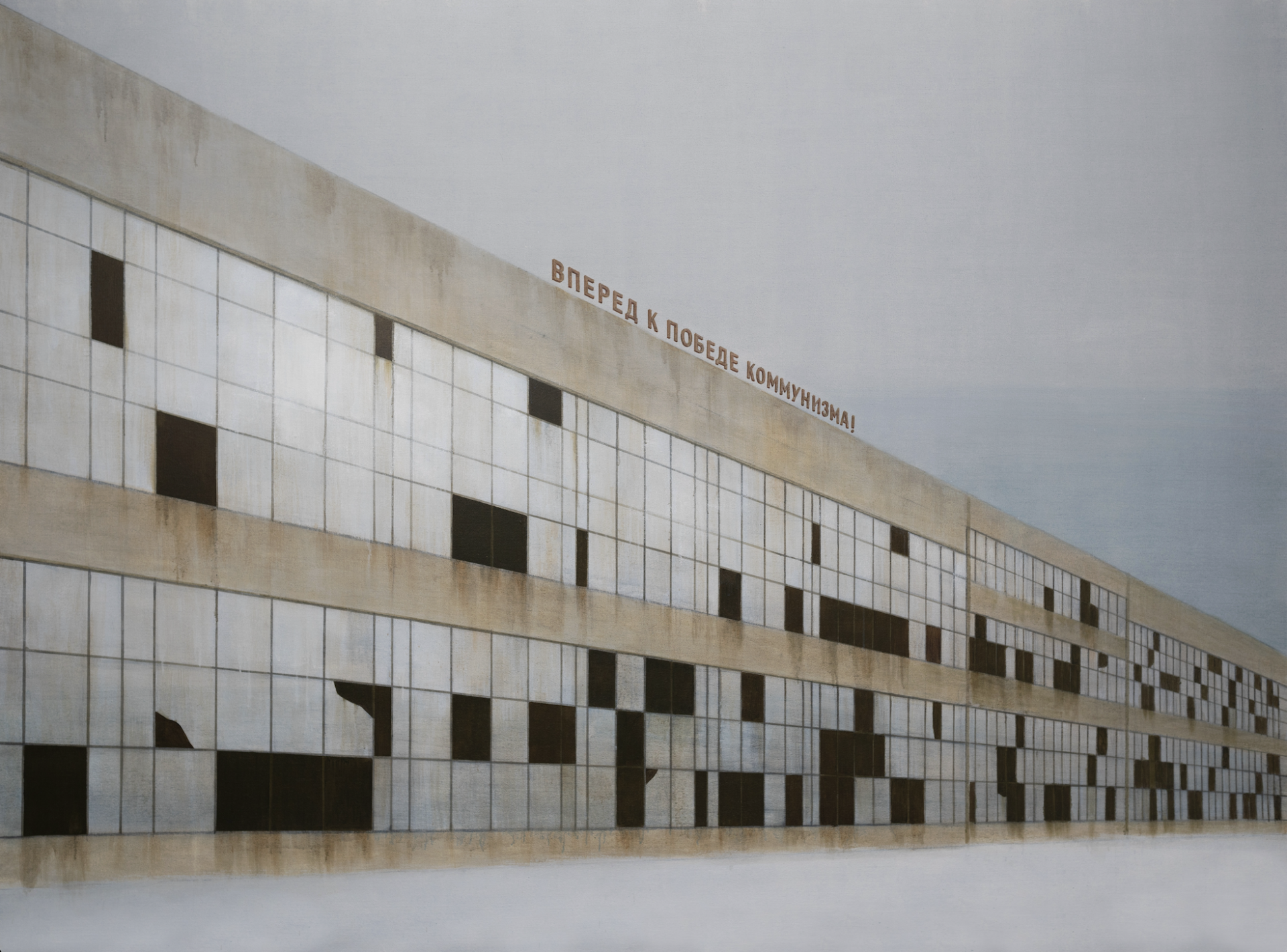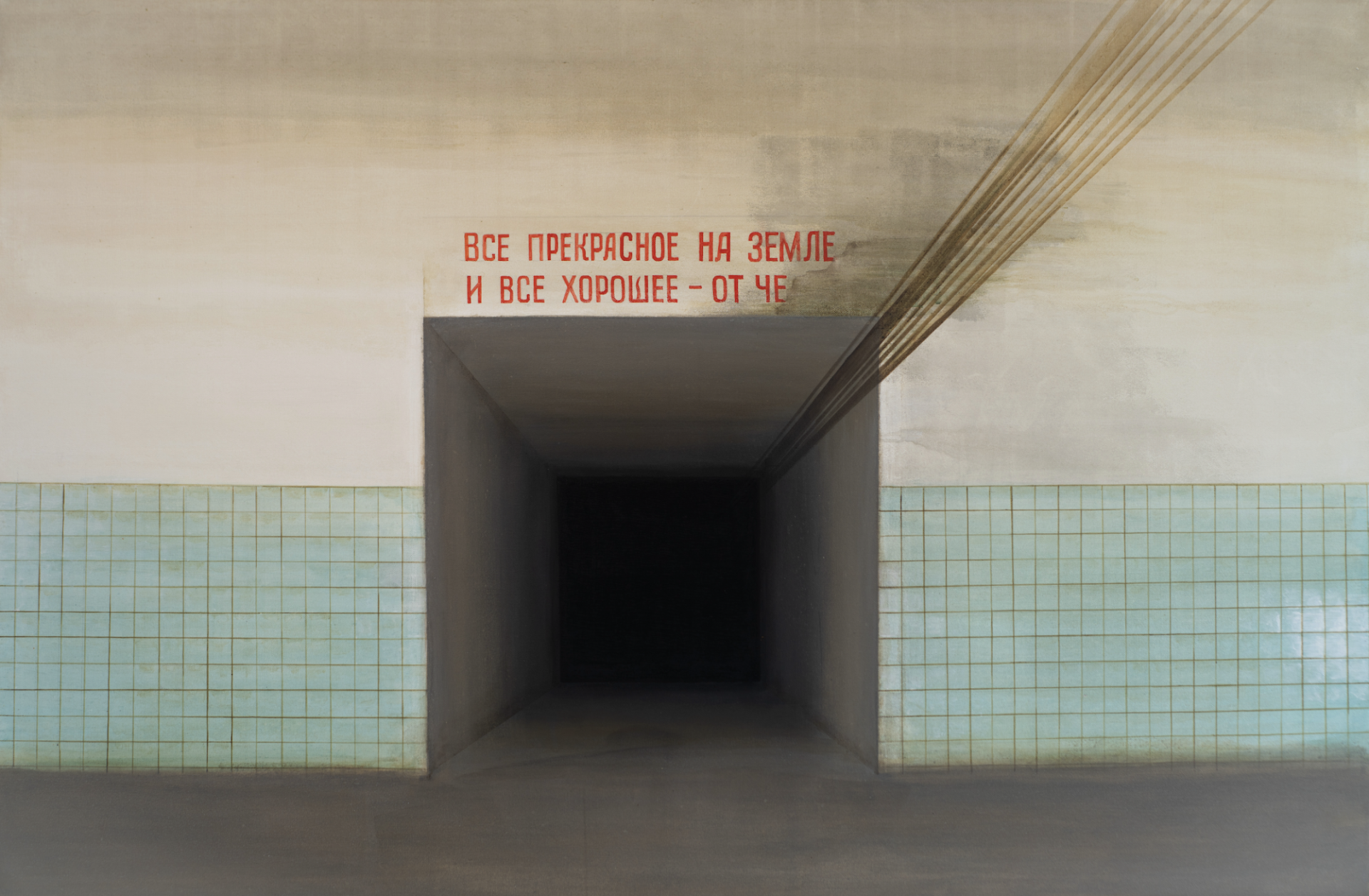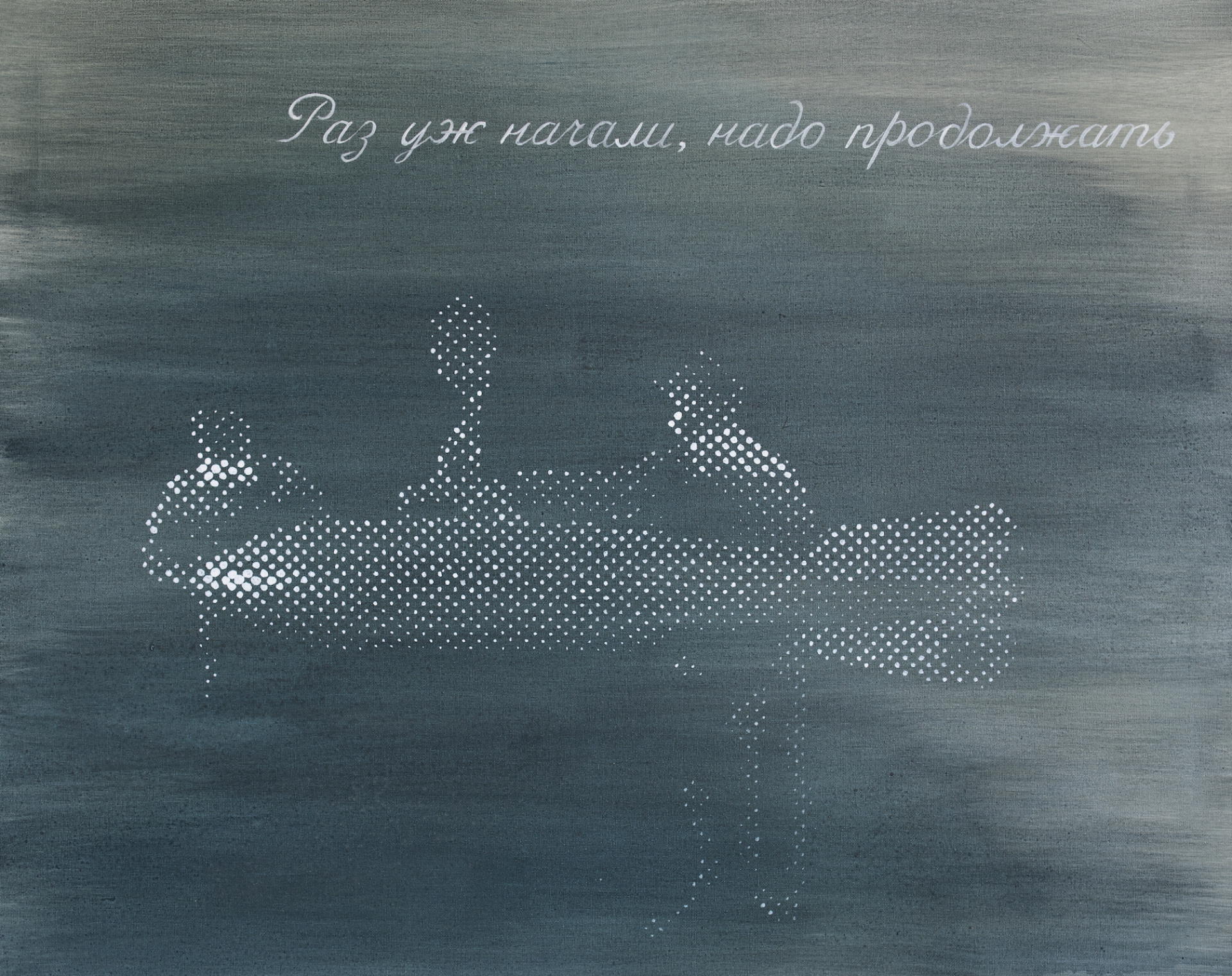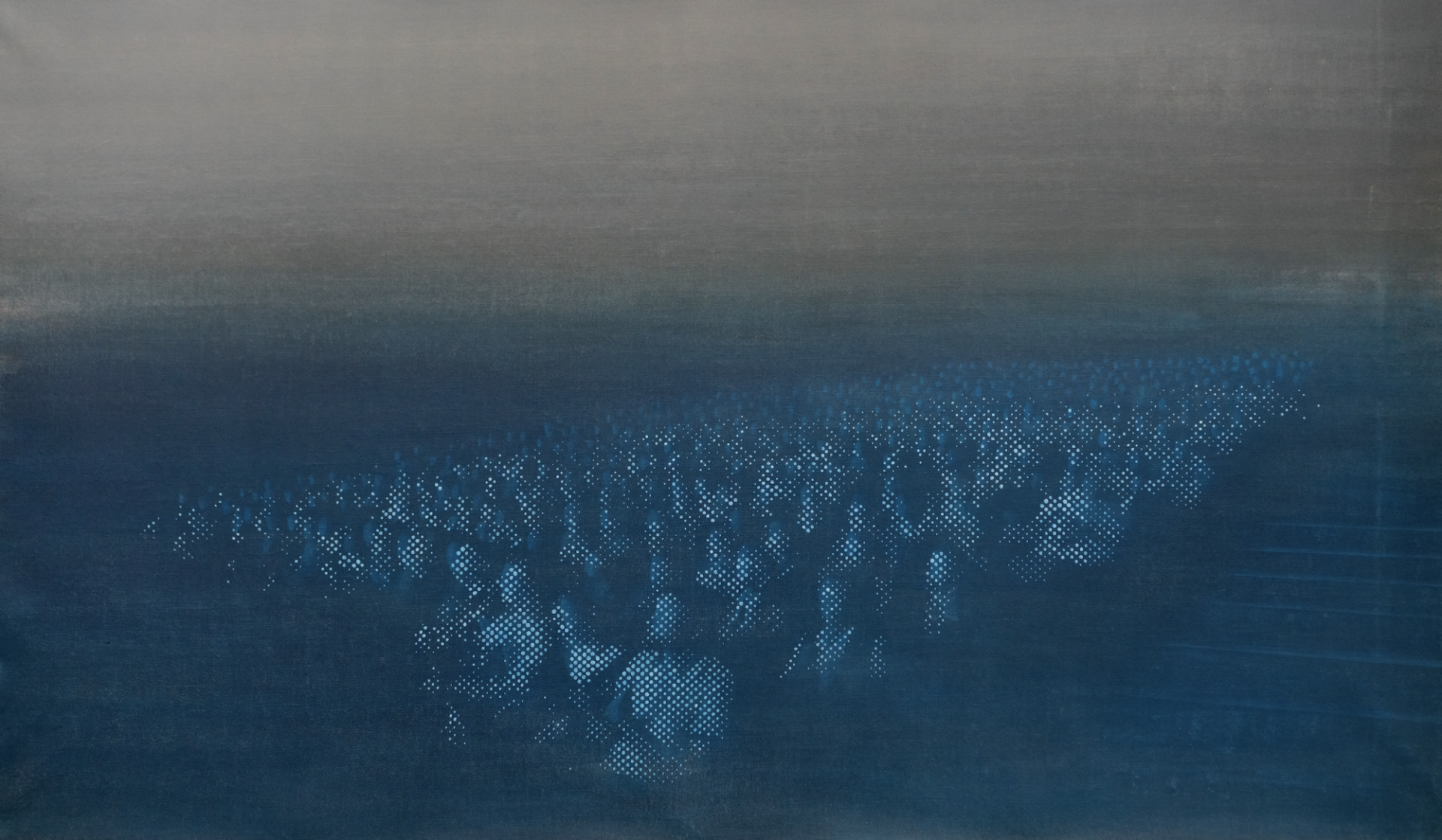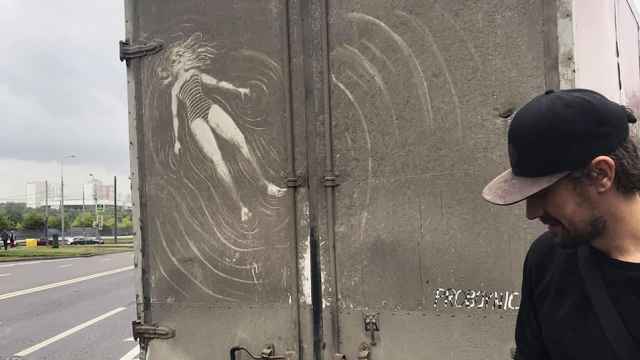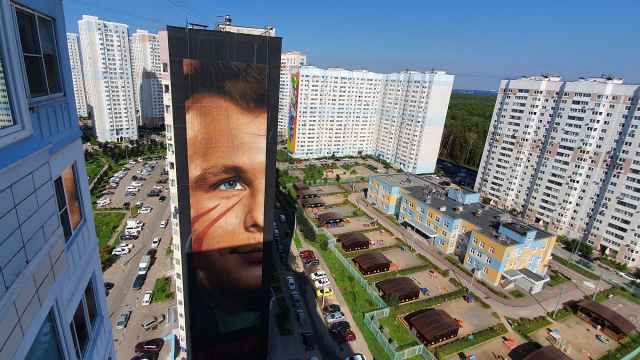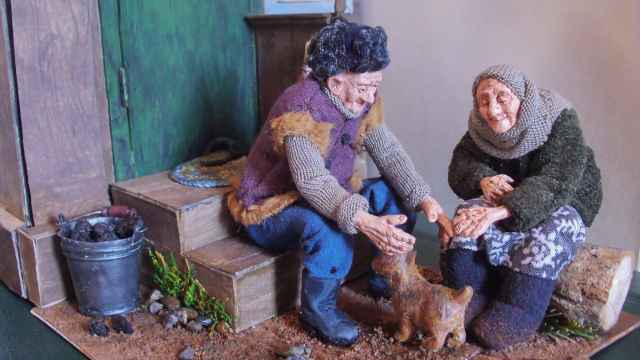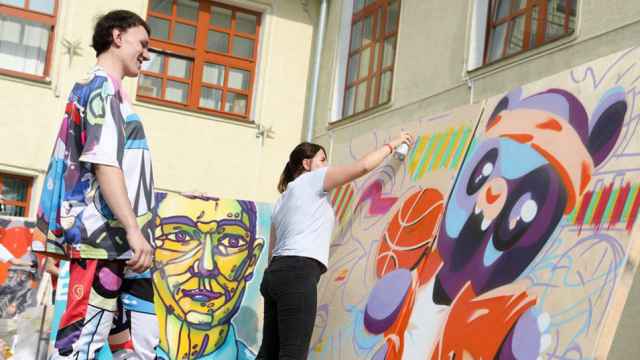In his latest exhibition, award-winning artist Pavel Otdelnov casts an exile’s jaded eye on his birthplace and uncovers the lives of those who have worked and of those who remain working in Dzerzhinsk — a Soviet city built on sand, once a chemical capital and now one of Russia’s largest munitions hubs.
Born in Dzerzhinsk, he made London his home in 2022 after he left Russia in protest of the invasion of Ukraine.
Here's a glimpse at the exhibition, titled “Hometown”:
From the artist:
In “Hometown” I interrogate the Soviet and post-Soviet past and consider how it has bent and shaped contemporary Russian reality. I look back to the history of my hometown to discover the origins of the catastrophe unfolding before our eyes today. At the same time, moving through its dramatic history and facing down its ghosts, I try to find out why it continues to be so dear to me.
I focus on my hometown of Dzerzhinsk, which has suffered a destiny typical of many post-Soviet industrial cities. Dzerzhinsk is a city named after Felix Dzerzhinsky, the founder of the Soviet Secret Police (NKVD). It is a city of workers and chemical factories built during WWI and WWII to produce weapons. In the second half of the 20th century, these factories were repurposed frequently. Some of them collapsed altogether with the Soviet Union, but others survived and are now being renovated and reused. Dzerzhinsk was badly affected by the economic crises of the 1990s and the 2000s. Now, it has a problematic ecological situation, a high crime rate and also suffers from ongoing depopulation.
For me, Dzerzhinsk represents the true Russia.
Sand City
From the artist:
Dzerzhinsk is a city built upon sand. Bricks and concrete for the city were made from it. I perceive sand as a metaphor for entropy: the city crumbles again and returns to its original form. In my memory, the city remains the color of sand. This part of the project is concerned with my family and childhood memories. My childhood in Dzerzhinsk was in the 1980s, a time of great democratic change and hope. However, these changes turned out to be disastrous for Dzerzhinsk, as its budget was tightly bound to the militarized economy of the U.S.S.R. Factories went bankrupt and people faced poverty, unemployment and skyrocketing crime. Consequently in the 1990s and the 2000s, many people felt cheated by the liberal government and grew resentful. People were eager to be proud of their city and its factories.
Street gangs
From the artist:
Criminal gangs, although typical for many post-Soviet cities, were especially notorious in Dzerzhinsk. These gangs challenged Soviet officialdom whilst at the same time they imitated the hierarchies and principles of that state and their ethos pervaded society. These included: the societal division into "us" and "them," a warlike mentality, a rigid hierarchy in which commands were not to be debated, and showing a demonstrable hatred of otherness, and they all seeped into the city streets and people's minds from the gang subculture. The gang members morphed into soldiers in Russia's wars in Afghanistan and Chechnya and later into successful players in Russian industry and politics.
Black Hole
From the artist:
This section is dedicated to the industries of Dzerzhinsk and their toxic legacy. Three generations of my family worked at the chemical plants of Dzerzhinsk. Throughout the push for industrialization in the 1930s, they built workshops. During WWII, these factories produced chemical weapons, and, in peacetime, raw materials for various sectors of the national economy. In the 1990s the factories passed into private ownership, some later becoming decrepit. However, the reservoirs of toxic waste lay untouched, steadily poisoning the surrounding area. One of these, a karst funnel, is commonly called "the Black Hole." Some 300,000 tons of chemical waste bled into the land around Dzerzhinsk between 1930 and 1998.
Honest Workers
From the artist:
Nowadays, some of the factories, which by the end of the 2000s were on the brink of bankruptcy, receive large state commissions again and are producing every type of munition. These factories entice young professionals, promising high salaries. The city's economy has revived once more and its inhabitants prefer not to dwell on the ethical price paid for this. The Honest Workers series is devoted to the employees of defense factories and all the people who are always ready to obey the orders of their superiors.
A Message from The Moscow Times:
Dear readers,
We are facing unprecedented challenges. Russia's Prosecutor General's Office has designated The Moscow Times as an "undesirable" organization, criminalizing our work and putting our staff at risk of prosecution. This follows our earlier unjust labeling as a "foreign agent."
These actions are direct attempts to silence independent journalism in Russia. The authorities claim our work "discredits the decisions of the Russian leadership." We see things differently: we strive to provide accurate, unbiased reporting on Russia.
We, the journalists of The Moscow Times, refuse to be silenced. But to continue our work, we need your help.
Your support, no matter how small, makes a world of difference. If you can, please support us monthly starting from just $2. It's quick to set up, and every contribution makes a significant impact.
By supporting The Moscow Times, you're defending open, independent journalism in the face of repression. Thank you for standing with us.
Remind me later.


